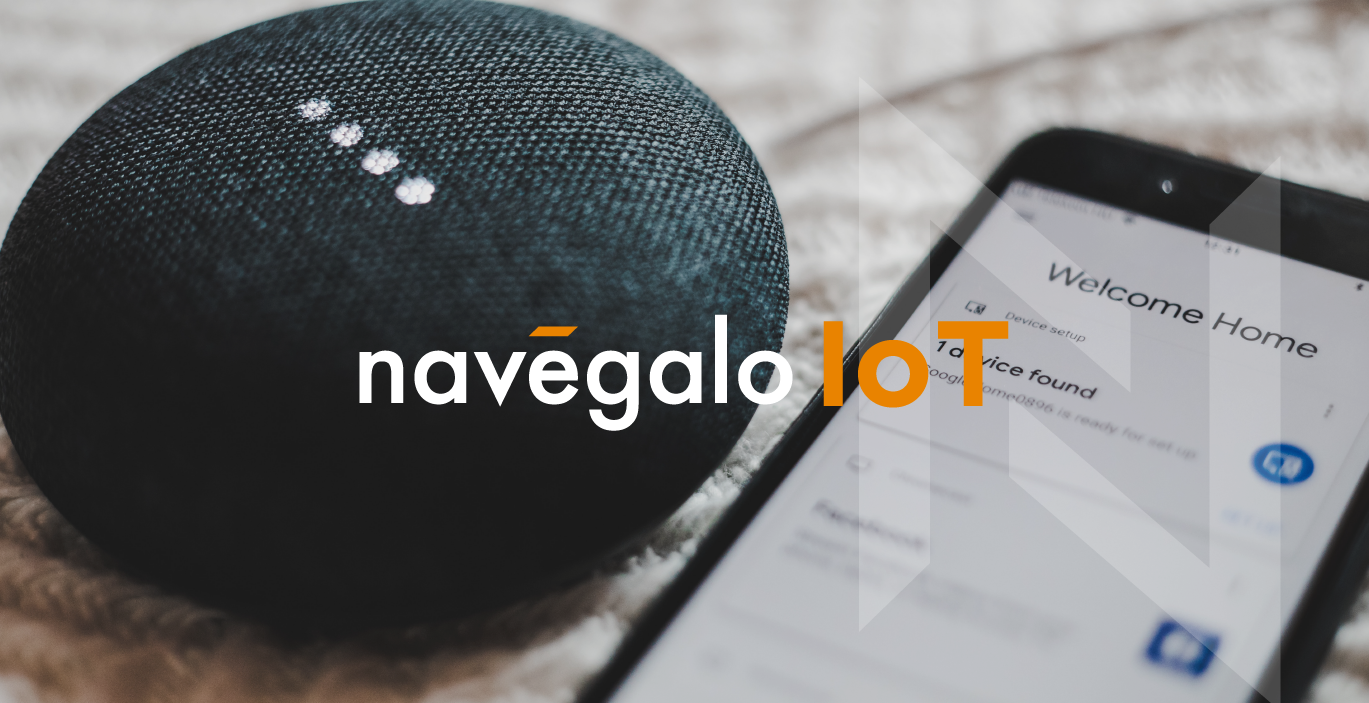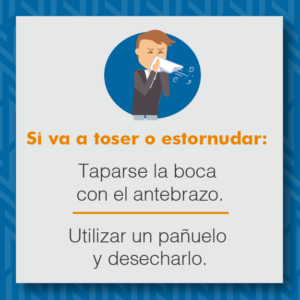
Internet of Things: Automate devices and sensors in your business or home.
In recent years, the term Internet of Things (IoT) has been the buzzword in the business and the technology world, however research in this field began more than 20 years ago.
In simple terms, IoT is the ability to interconnect devices (which usually would not be interconnected) to the web and allow them to be controlled remotely.
IoT transforms those electronic devices that were connected only by a closed circuit (such as cameras, sensors, etc.) to have basically the same connectivity as a cell phone.
For example, old knob microwaves are not candidates. IoT devices must already have built-in hardware (chips and circuits) that accept the internet connection and also schedule specific events based on what is requested.
In fact, we already have assistants that help us control our devices using IoT. Amazon’s Alexa and Google Assistant are great examples.
How does the Internet of Things work?
Studies in IoT have come a long way. Research, thesis, academic articles and real-life applications have flooded this field. In Costa Rica, Navégalo has built a unique infrastructure with LoRa technology (the most robust in the country).
LoRa technology enables the sending and receiving of information data between various point-to-point devices.
LoRa devices fulfill the same function that Wi-Fi networks can do, but with a great advantage: long-distance broadcasting and lack of interference on the LoRa frequency.
The protocol used in the upper layer of the LoRa structure is LoraWAN. The name LoraWAN refers to “Low Power Wide Area Network” whose initials are LPWAN. LoraWAN determines very important parameters of the solution (such as security, network capacity or battery life).
LoRa has very particular features that are perfect for connecting these devices:
- Long range: Up to 15 km between sensor nodes with data transfer rates ranging from 300 to 50,000 bits per second.
- Low power: In general, the sensors consume very little energy and their battery can last between 5 and 10 years.
- Low cost: Investment in sensors is really low when compared to other technologies.
- Security: Thanks to its integrated end-to-end AES-128 data encryption, intercepting information is practically impossible.
- Highly scalable: Billions of sensors can connect to millions of nodes.
- Geolocation: Allows for indoor / outdoor tracking without GPS.
LoRa has proven to be tremendously useful for companies in sectors such as agriculture, livestock, government institutions, public security, tourism and manufacturing.
And as you can see IoT is not only for devices in our homes, thanks to the development of this technology in the country, companies can now interconnect their devices and have greater remote control of their operations.
Turn air conditioners and lights off and on, open and close doors, track fleet and livestock, etc. – all of this is possible thanks to Internet of Things.
If your company is interested in to adopting this technology, our expert team at Navégalo will advise you on everything you need to get started.
Contact us at [email protected].
See you next week!
Tyson Ennis, MBA
CEO
Navégalo.

